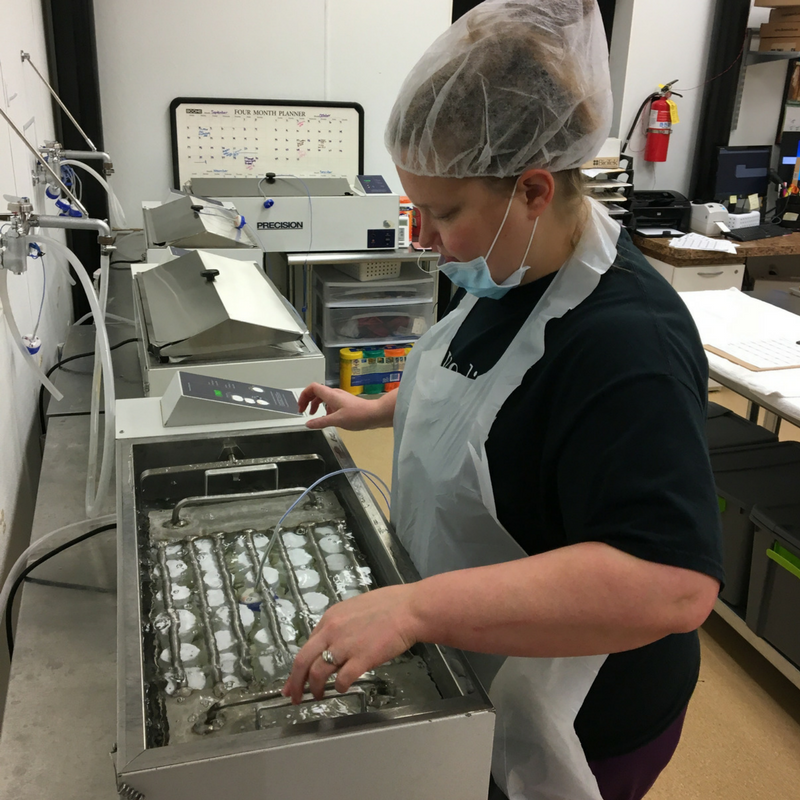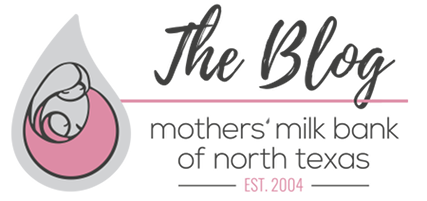What is Holder Pasteurization?
Thursday, 12/6/2018
This article was originally published in December 2017 and has been updated.
Milk from Mothers’ Milk Bank of North Texas feeds fragile and premature infants. About 80 percent of milk is dispensed to hospital neonatal intensive care units (NICUs), while about 20 percent goes to outpatients. These babies are among the most fragile in our population, at risk for life-threatening complications due to their weaker immune systems.
This makes it extremely important to ensure donor milk is free of any potentially harmful agents. As a result, MMBNT and other HMBANA-accredited nonprofit milk banks pasteurize all donor milk using the Holder method. Holder pasteurization is a gentle method, heating milk to 62.5 degrees Celsius for 30 minutes as opposed to the higher temperatures and shorter intervals of more aggressive alternatives.
Holder pasteurization eliminates harmful bacteria, but allows the milk to retain much of its immunological benefits, including significant amounts of secretory IgA and lysozyme. At MMBNT, staff in our lab pasteurize donor milk every day to meet the demand of our ordering hospitals and outpatients. This step in our process helps us know that we are sending the safest possible nutrition to the fragile babies we serve.

